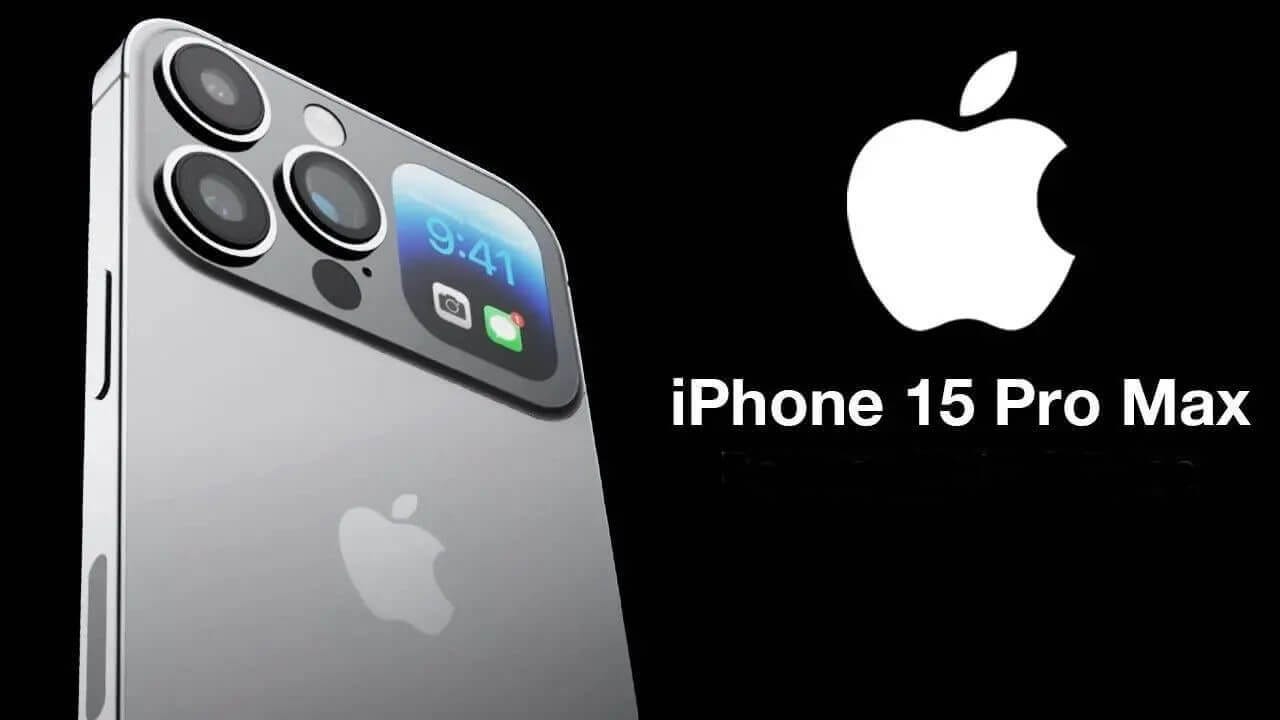Apple is just weeks away from unveiling the iPhone 15 and next-generation Watch. The new product line represents another step toward the company's dream iPhone, although changes to the Apple Watch will be more modest. Plus: Samsung launches new phones, tablets and watches of its own.
Last week's boot: The Apple Vision Pro headphones rely on apps, but don't expect developers to flock to them.
Apple designers have long dreamed of an iPhone that was effectively just a screen, with no edges around the display and no cutouts for cameras or sensors. With the launch of the iPhone 15 in the fall, Apple will be one step closer to this goal.
This process started with the 2017 iPhone, but there's still a cutout at the top for Face ID, speakers, front-facing cameras, and other sensors.
2020 took another step forward with the launch of the iPhone 12, which featured slightly thinner bezels than previous models, the X, XS, and 11. With the 2021 iPhone 13 Pro, Apple has reduced the size of the notch. Last year, this element was replaced by a dynamic island, making the area smaller.
This year, two of the biggest changes to the 15 series will bring Apple closer to its dream iPhone. Standard iPhone 15 models will feature Dynamic Island notches, while the Pro and Pro Max displays will be manufactured using a new technology: low injection pressure overmolding (LIPO), which Apple calls "LIPO."
This new process reduces the size of the bezels around the display to 1.5mm (current iPhones have bezels that measure around 2.2mm). LIPO was first used in the Apple Watch Series 7 to thin the edges of the device and enlarge the display. As far as I know, Apple plans to bring this feature to the iPad at some point.
In addition to the new screens, the iPhone 15 and 15 Pro series also have a number of other new features. This is the biggest update since the device launched 5G capabilities three years ago.
Let’s start with the iPhone 15 and 15 Plus. As expected, the phones will be similar to the current models but will feature significant camera improvements and the A16 chip from the iPhone 14 Pro series. They will also replace the current Lightning port with USB-C.
In addition to new display technology, iPhone 15 also features:
As I wrote in January, the Pro models feature a new design that replaces the shiny, fingerprint-prone stainless steel edges with a stronger, lighter, and higher-quality material: titanium. Apple has long been experimenting with bringing titanium to iPhones, and using the metal in the new watch is an attempt to incorporate the material into its most high-volume devices.
The Pro model's design retains the frosted glass back of the previous phone, but the edges connecting the sides to the front are now less sharp than before.
The iPhone 15 Pro's interior has been redesigned to match the improved aluminum body of the regular iPhone 14 (iFixit has a rundown of the changes). This version makes repairing your phone easier.
As I hinted last May , the iPhone 15 is moving to USB-C. This can provide faster data transfer speeds for those who still sync via cable, but some consumers will find this change costly.
There have been extensive improvements to the rear cameras, including updated lenses and the ability to get a wider range of optical zoom on the largest models.
While regular iPhone 15 models are powered by last year's A16 processor, the new pro phones switch to a 3nm chip that's significantly faster.
Apple has another big feature planned for this year's Pro models: touch-sensitive buttons with tactile feedback for volume controls, a silent/ring switch, and a power button. Like the trackpad on a Mac, these buttons cannot be physically pressed, enabling new software tricks and reducing the number of fragile components on the device.



Post a Comment